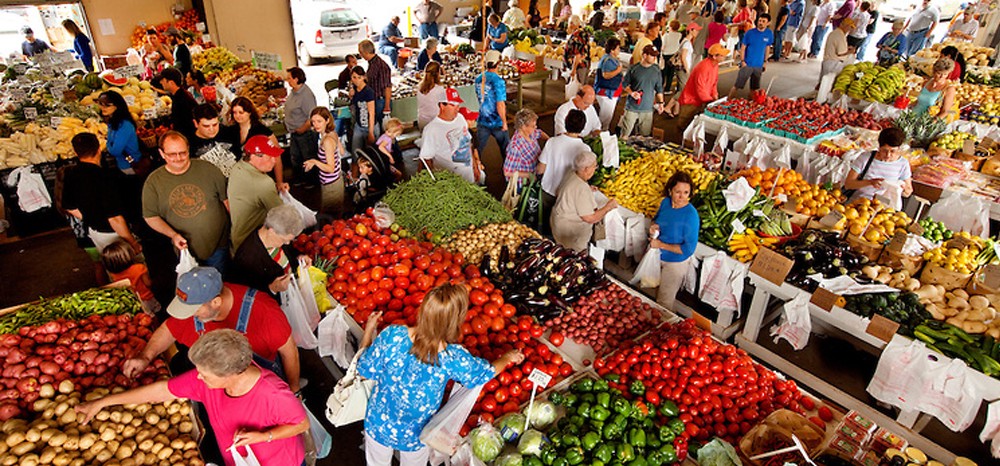There have been several periods of significant innovation in human history, from the Industrial Revolution in manufacturing and the Green Revolution in agriculture to the Information Age across society. It is possible that years from now we will look back on this time as the beginning of the Age of Sustainability.
“Sustainable” is the new “plastics”
In that famous line from the 1967 film “The Graduate,” an older man gives Benjamin Braddock that one word of advice. Now, the economic future belongs to “sustainable” because of consumer demand driven by an overwhelming desire to do right by society, the economy and the environment. These factors grew together out of an awareness of the growing impact of global warming, economic inequality following the 2008 crisis, and the demands for a fair and equitable system of justice.
None of these root causes is likely to dissipate in the near future, and so the push for sustainable products and services is also likely to continue. As companies continue to respond to this new market reality, they will tout their sustainable products and processes. This advertising will both satisfy consumer preferences, rewarding the companies making the statements, and encourage other consumers to learn the value of this approach. This creates a virtuous cycle of increasing sustainability and increased recognition of sustainability’s value.
New patterns foster new ideas
Farmers markets might provide a sense of the kind of products and services that will be developed in response to this demand for sustainability. The USDA reports that the number of farmers markets, which focus on local farms producing fresh organic food, has doubled every 10 years for the last two decades. The total number of registered farmers markets reached almost 8,700 in 2016.
One reason for the growth of these local direct to consumer (DTC) venues is the access to credit card networks on mobile devices. The convenience of charging purchases is a staple of American consumer culture, and technology brings that to an open-air market. This is a perfect example of how this movement is not a return to a village economy. It is, rather, one that utilizes existing technology as a framework for producing sustainable benefits.
What’s next
The application of artificial intelligence and big data mining to address consumer preferences will undoubtedly be applied in a similar manner to create the new Age of Sustainability. These technological tools will also impact the manufacturing sector, improving Supply Chain Management (SCM) with the goal of improving sustainability.
These changes will be taking place in an economy with a larger percentage of the workforce either self-employed or working serial temporary jobs. It is possible that an entrepreneurial response will develop unforeseen sustainable solutions which piggyback off this new labor structure.
It is impossible to predict the shape of work and the economy 20 years from now, but the most confident prediction is that it will be sustainable.
Originally published at medium.com


